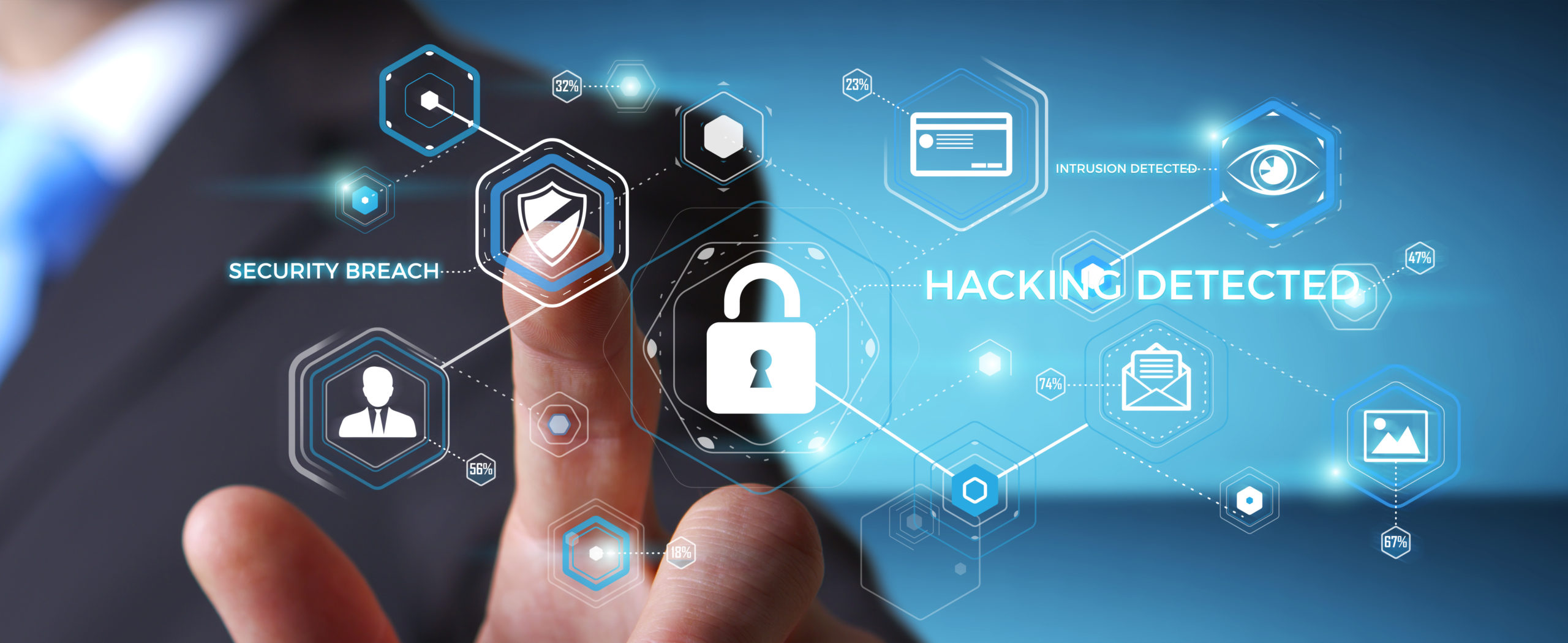Hybrid workplaces may be a new phenomenon to many but contrary to the belief that working remotely only started during the pandemic, it can be traced further back. Most people don’t know but in 1972 a NASA engineer had already coined the word ‘telecommuting’ while working remotely on NASA’s complex communication systems.
However, the widespread practice of working remotely burgeoned during the height of the pandemic as many people opted to work from home rather than risk their health. Many companies invested in new tools and systems to help them achieve this setup. Not all companies adopted working remotely one hundred percent; some chose to operate in a hybrid setup.
What Is A Hybrid Workplace?
A hybrid workplace is a business model that combines working remotely with on-site office work. A hybrid type of workplace varies from business to business. Organizations employ varying strategies. Some require only a particular department to work remotely; some would allow their employees to be on-site on a staggering schedule. All these hybrid workplace tactics set up only have one objective: to achieve organizational goals.
But a hybrid workplace can only be successful with the power of internet connectivity. And using this line of interaction and operation exposes an organization to security vulnerabilities. Cyber-attacks have become common and cybercriminals have improved their tactics, resulting in massive losses for many companies.
To ensure companies that operate in a hybrid workplace setup are secure, they need to assess their risks and protect what they value the most: data. Here are the ways to reduce cybersecurity risks in a hybrid workplace:

1. Consult With Professionals
Information Technology (IT) consulting firms are experts in their field and would be able to determine what your organization needs and make sound recommendations for you. Instead of assuming your needs and listening to invaluable opinions from people with neither knowledge nor expertise when procuring investments that may not match your risks why not consult with reputable IT firms like https://powerconsulting.com/ or any other within your reach.
IT consulting firms will not just make sound recommendations; they will also optimize your operations with a scalable IT strategy. They will protect your business from cyber-attacks and help you achieve your IT operational goals in no time.
2. Create A Cyber Security Policy For Your Organization
All organization members must be fully aware of existing policies to mitigate any breach. Having policies and guidelines in place will safeguard your data and protect your assets. Team members must know their responsibilities in helping achieve this to ensure the organization’s safety from cyber-attacks. And they must also know the consequences of non-compliance.
3. Conduct Cyber-Security Training
Most cyber security breaches are a result of human error. Out of lack of proper care or out of ignorance, humans make mistakes that can lead to the weakening of security, resulting in data breaches, financial, and reputational loss. To ensure this doesn’t happen to your organization, you need to offer regular security awareness training to all employees. Ensure they’re fully knowledgeable of the common attack vectors, ways of identifying them, and what to do.
Also ensure your employees are aware of the best security practices, such as:
- Regular changing of passwords
- Disallowing access to the organization platform outside of working hours
- Not sharing passwords with others
- Not accessing the organization platform in an unsecured location
4. Install Firewalls
A firewall blocks the entrance of malicious software from accessing your computer or network via the internet. In a hybrid workplace where most meetings are done with videoconferencing, one computer may be accessible to risk, thereby affecting many computers connected to that conference. An enterprise firewall may be installed to ensure safe and high-quality videoconferencing during a hybrid workplace setup.
5. Update All Security Systems And Software
Software developers regularly release updates to their end-users to ensure they only receive the best service and optimal performance. Software updates typically include security patches to fix new bugs and speed up the tool’s performance. The system update will also include new enhanced features that the developers worked on after the initial rollout of the software. You must ensure everyone installs timely updates to enhance all devices have the necessary security patches to reduce the risk of attacks.
6. Create Back Ups
Despite what you have done to ensure your data as an organization is protected, something can slip through the cracks and compromise it. It would help if you were fully prepared for the worst-case scenarios.. That’s the reason it’s always advisable to create data backups. This makes you ready for this in anticipation of cyber-attacks or accidental deletion of data that could happen anytime.
Conclusion
Protecting your organization from cyber-attacks is one of the keys to your business longevity, especially if you operate in a hybrid work setup where most of your employees may be stationed worldwide. Your integrity is one of your aces in succeeding in the business world, and consumers will be loyal to you if they know they can trust you with their valuable data. Investing in this arena is crucial in this ever-changing and fast-paced digital world.
















